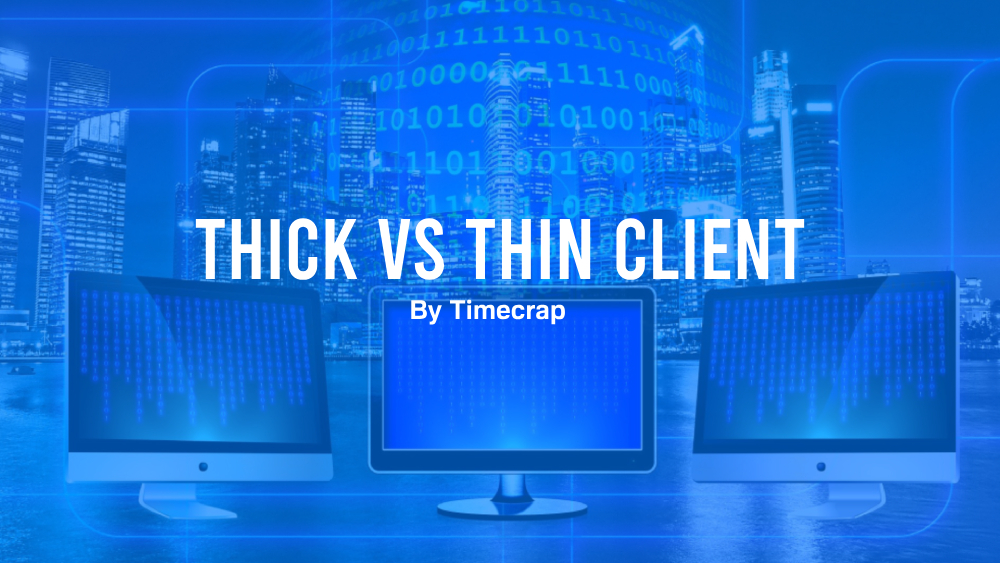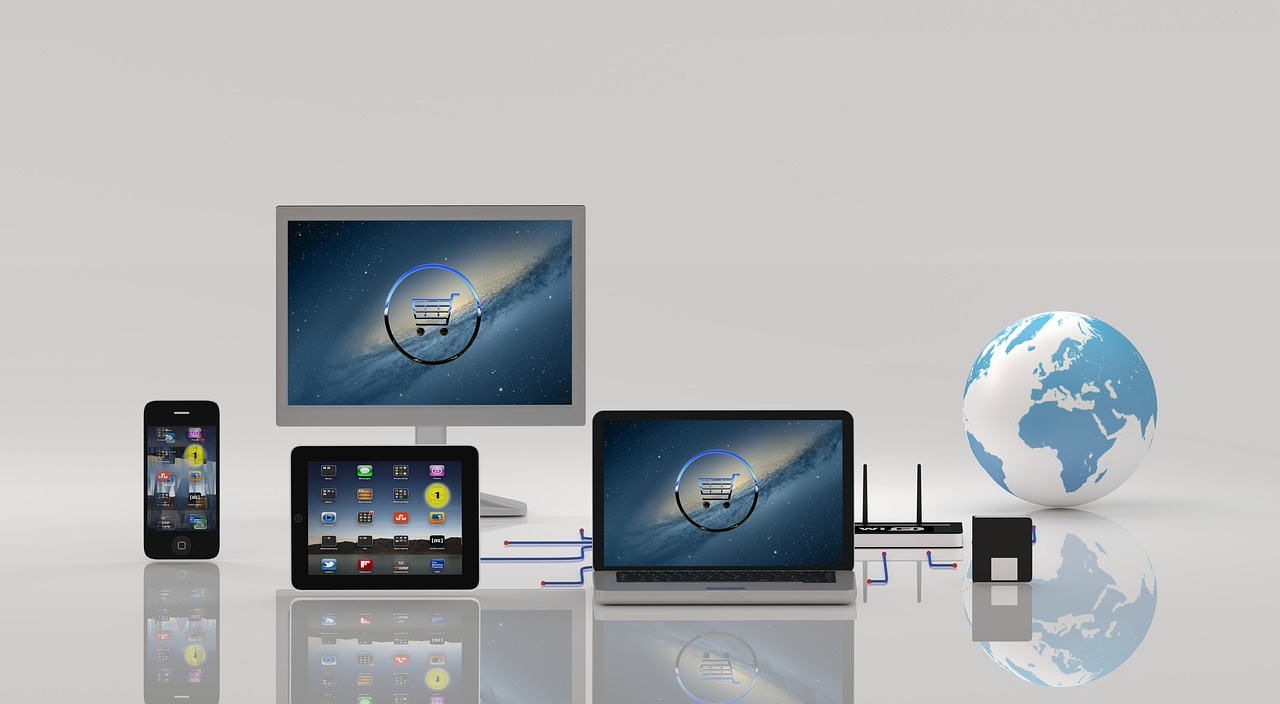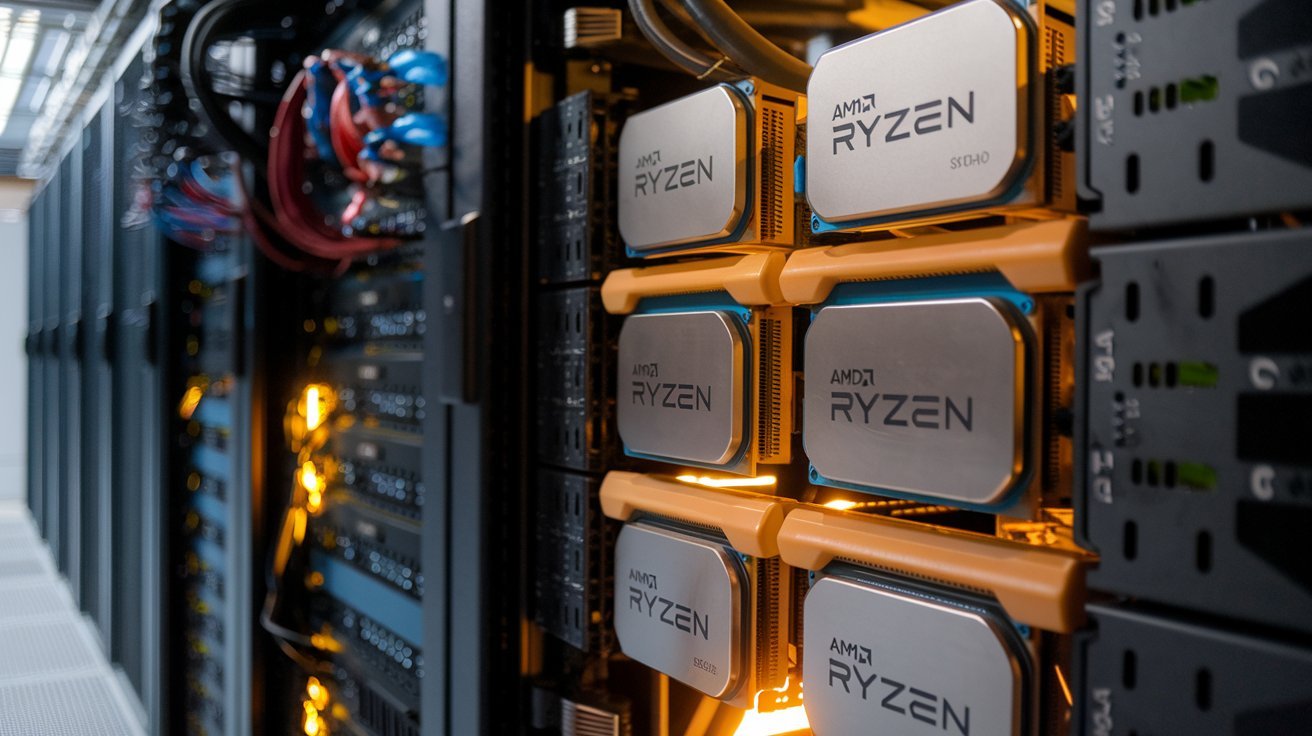In the fast-paced world of technology, the terms “thick client” and “thin client” are often tossed around, leaving many scratching their heads. In this article, we’ll delve into the nuances of these two types of clients, exploring their characteristics, advantages, and disadvantages. Understanding the difference is crucial for businesses and individuals alike, as it directly impacts the performance and functionality of the systems they choose.
Understanding Thick Clients

Thick clients, also known as fat clients, are devices that have a significant amount of processing power and resources locally. These devices can perform complex tasks independently without relying heavily on network resources. They are the powerhouse of computing, handling most operations locally.
Advantages of Thick Clients
Thick clients boast several advantages, including high performance and the ability to function independently of a network. With ample local resources, they provide a seamless user experience.
Disadvantages of Thick Clients
However, the power and independence of thick clients come at a cost. Maintenance can be cumbersome, as updates and software changes often need to be individually managed on each device. Additionally, the initial setup costs tend to be higher compared to thin clients.
Exploring Thin Clients

Contrary to thick clients, thin clients operate with minimal local processing power and rely heavily on a centralized server for most operations. These devices act as terminals, accessing the necessary resources and applications from a remote server.
Advantages of Thin Clients
Thin clients shine in scenarios where centralized management is crucial. They are cost-effective, as the actual processing occurs on the server, reducing the need for powerful individual devices. Additionally, thin clients facilitate easier software updates and centralized security measures.
Disadvantages of Thin Clients
While cost-effective, thin clients may face performance issues, particularly when dealing with resource-intensive applications. They heavily rely on a stable network connection, and any disruptions can impact functionality.
Key Differences: Thick vs Thin Client

Understanding the differences between these two types of clients is essential for making informed decisions. The variations in architecture, resource dependency, maintenance, and network reliance play a pivotal role in choosing the right client for specific needs.
Architecture
Thick clients have a robust local architecture, capable of handling complex tasks independently. In contrast, thin clients rely on a centralized server for processing, with minimal local capabilities.
Resource Dependency
Thick clients boast ample local resources, providing high performance. On the other hand, thin clients depend on the server for processing power, making them suitable for less resource-demanding tasks.
Maintenance
Maintaining thick clients involves individual management, making updates and software changes more intricate. Thin clients, being centrally managed, simplify maintenance processes.
Network Dependency
Thick clients operate independently of a network, ensuring functionality even without a connection. Thin clients heavily rely on a stable network for seamless operation.
When to Choose Thick Clients
Understanding when to opt for thick clients involves considering specific scenarios and use cases. Thick clients are ideal for tasks that demand significant processing power and can benefit from local resources.
Scenarios and Use Cases
- Graphic Design: Thick clients excel in graphic design tasks where local processing power is crucial for rendering complex graphics.
- Video Editing: Applications requiring real-time video editing benefit from the robust capabilities of thick clients.
Pros and Cons
- Pros: High performance, independence from network fluctuations.
- Cons: Higher initial setup costs, individual maintenance requirements.
When to Choose Thin Clients
Thin clients are suitable for scenarios where centralized management, cost-effectiveness, and ease of maintenance take precedence over local processing power.
Scenarios and Use Cases
- Office Environments: Thin clients are well-suited for standard office tasks such as document editing and email management.
- Cloud Applications: Businesses relying on cloud-based applications can benefit from the simplicity of thin client setups.
Pros and Cons
- Pros: Cost-effective, centralized management, simplified maintenance.
- Cons: Limited local processing power, network dependency.
Making the Decision: Thick vs Thin Client
Choosing between thick and thin clients involves a careful consideration of various factors. Businesses need to weigh the specific requirements of their operations, budget constraints, and future scalability.
Factors to Consider
- Task Requirements: Assess the nature of tasks to determine the level of processing power needed.
- Budget: Consider initial setup costs and long-term maintenance expenses.
- Scalability: Evaluate the potential for future expansion and the scalability of chosen client types.
Case Studies
Examining real-world case studies can provide valuable insights into how businesses successfully implemented either thick or thin clients based on their unique needs.
The Future: Thick vs Thin Client

As technology continues to evolve, the landscape of thick and thin clients is also changing. Emerging trends indicate a shift towards hybrid models, combining the strengths of both thick and thin clients for optimal performance and flexibility.
Emerging Trends
- Hybrid Solutions: Businesses are increasingly adopting hybrid models that leverage the advantages of both thick and thin clients.
- Virtualization: Advances in virtualization technology offer new possibilities for enhancing the capabilities of thin clients.
Technological Advancements
Ongoing advancements in hardware and software are poised to address the limitations of both thick and thin clients. Enhanced processing capabilities, improved network infrastructures, and more efficient maintenance solutions are on the horizon.
Conclusion
In the debate of thick vs thin clients, there is no one-size-fits-all answer. The choice depends on the unique requirements of each user or organization. Understanding the strengths and weaknesses of thick and thin clients allows for a more informed decision-making process.
FAQs
- What is the primary difference between Thick vs Thin Client?
- The primary difference lies in their architecture and resource dependency. Thick clients have robust local capabilities, while thin clients rely on centralized servers.
- Can a single organization use both thick and thin clients?
- Yes, many organizations adopt hybrid models, utilizing both thick and thin clients based on specific use cases.
- Thick vs Thin Client, How does the choice between them impact cybersecurity?
- The impact on cybersecurity varies; thick clients may have more localized security, while thin clients benefit from centralized security measures.
- Thick vs Thin Client, Are there cost implications in choosing between them?
- Yes, thick clients often have higher initial setup costs, while thin clients offer cost-effective solutions with centralized management.
- What role does scalability play in choosing the right client?
- Scalability is crucial; businesses should choose a client type that aligns with their current needs and allows for future expansion.
Also check out : Ytmp3: Opening the World of Music Conversion






